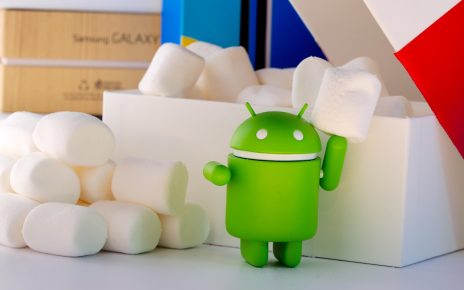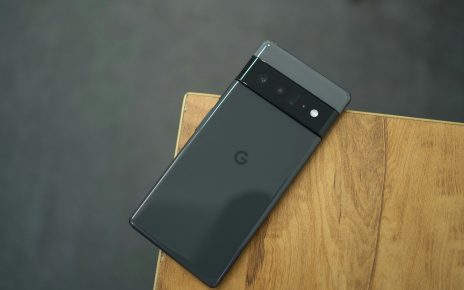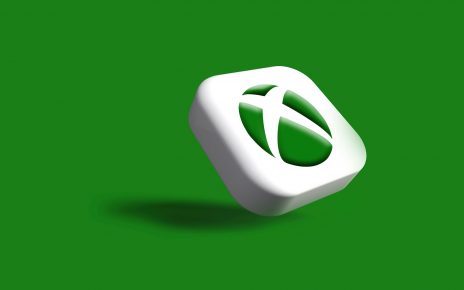As Google continues to refine its flagship smartphones, the Pixel 8 has arrived with some noticeable upgrades over its predecessor, the Pixel 6. While both devices share a common design language and core hardware features, their differences highlight the evolution of Google’s smartphone strategy. Here’s a side-by-side comparison of both models to help you decide which one suits your needs better.
Release Dates and Design
The Google Pixel 6 debuted on October 28, 2021, while the Pixel 8 followed two years later, launching on October 12, 2023. The Pixel 8 is slightly more compact, featuring a 6.2-inch display compared to the 6.4-inch screen on the Pixel 6. Despite the smaller size, the Pixel 8 offers a slightly higher pixel density (424 PPI vs. 411 PPI) and a better screen-to-body ratio of 86.95%, improving the overall visual experience.
Display Technology
The Pixel 6 sports an AMOLED panel with a 90Hz refresh rate, while the Pixel 8 steps up to OLED technology and a smoother 120Hz refresh rate. Both devices share the same 2400 x 1080 resolution with a 20:9 aspect ratio, and each is protected by Corning Gorilla Glass Victus. HDR support, ambient light sensors, and proximity sensors are standard on both, but the Pixel 8 offers increased peak brightness at 2000 nits, ideal for outdoor use.
Performance and Hardware
Under the hood, the Pixel 6 runs on Google’s first-generation Tensor chip, while the Pixel 8 is powered by the more advanced Google Tensor G3. The Pixel 6 features an octa-core CPU, whereas the Pixel 8 introduces a nona-core setup, offering a mix of high-performance and energy-efficient cores. Graphics rendering sees an upgrade too, shifting from Mali-G78 MP20 to the newer Immortalis-G715s MC10 GPU.
Both phones come equipped with 8GB of RAM, but the Pixel 8 utilizes the faster LPDDR5X variant. Internal storage remains fixed at 128GB (UFS 3.1) with no option for expansion. In terms of software, both models run Android, with the Pixel 8 debuting with Android 14 and built to support Android 15.
Battery and Charging
Battery capacity is similar between the two: 4614 mAh for the Pixel 6 and 4575 mAh for the Pixel 8. Both support fast wired and wireless charging, as well as reverse wireless charging. However, the Pixel 8 supports faster wired charging at 27W compared to the Pixel 6’s 21W.
Real-world battery tests show varied performance. The Pixel 6 offers 13h 45min of web browsing and 10h 36min of video playback. The Pixel 8 excels in browsing (15h 39min) but falls slightly short in video playback (9h 36min). Notably, the Pixel 8 includes gaming performance estimates at 9h 6min, which were not tested for the Pixel 6.
Camera Capabilities
The rear camera systems on both devices feature a dual-camera setup led by a 50 MP main sensor. The Pixel 8 improves slightly with a wider aperture (F1.7 vs. F1.9) and adds Phase Detection Autofocus (PDAF) alongside laser autofocus and optical image stabilization.
Both models include a 12 MP ultra-wide lens, but the Pixel 8 enhances it with autofocus and OIS. Video recording capabilities also see an upgrade — while both support 4K at 60 fps, the Pixel 8 adds Full HD at 240 fps for slow-motion recording.
On the front, the Pixel 6 offers an 8 MP selfie camera, while the Pixel 8 jumps to 10.5 MP, with support for 4K video capture at 60 fps, enhancing video call and selfie quality.
Final Thoughts
While the Pixel 6 remains a strong performer with reliable specs, the Pixel 8 clearly refines nearly every aspect — from display and processing power to camera and charging speed. Users who value smoother visuals, advanced camera features, and better future-proofing may find the Pixel 8 to be the more appealing choice. However, the Pixel 6 still holds up well for users looking for a capable and slightly more affordable flagship experience.



